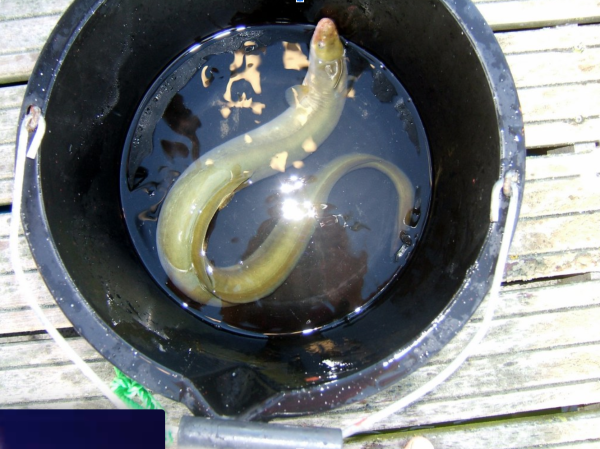As the Thanksgiving season comes to a close, I’ve come to ask myself: how did this presently permanent fixture of American culture get its name? In my years of education, I had never heard anyone address this particular facet of Thanksgiving. What I ended up finding in my search for the truth was intriguing enough to drag me down a labyrinth of knowledge lying at the core of American history itself.
To begin with, Thanksgiving is a misnomer in a sense, at least in the way the Pilgrims would have used the word. The fall harvest feast of 1621 would’ve been considered a “rejoicing”, which featured feasting, drinking, and shooting practice (the modern-day equivalent of a party). The original usage of Thanksgiving is wholly different, as one would spend their day in church, quietly praying to God whilst fasting. Unlike the contemporaneous Thanksgiving of today, there was no set November date for a Thanksgiving either; rather, it was declared sporadically.
Along with this, a large amount of iconic Thanksgiving foods were not present at the first Thanksgiving. Since the Pilgrims did not have any butter, flour, or sugar, there were no pumpkin pies (however, pumpkins were present in the New World, along with cranberries). This also is largely the case with potatoes, as it was not a global crop at the time. Although there might have been turkey eaten at the celebration, the only credible account of Thanksgiving rules against this. In Edward Winslow’s journal entries, he describes men “fowling”, which typically refers to waterfowl hunts, not hunting of ground-dwelling birds like turkey. According to his further observations, the Wampanoag also brought 5 deer to the feast. Other things that potentially may have been on the menu include eels and shellfish, along with boiled cornmeal served with meat and vegetables (dubbed nasasump).

What is likely closer to what was served at the first Thanksgiving, as opposed to any pumpkin pie
Once I discovered this, other parts of the Thanksgiving story began to unfold. For instance, the Pilgrims did not invite the Wampanoag to this feast, as is commonly portrayed. Instead, they showed up to aid their recently acquired allies. This was due to their assumption that the gunfire at this celebration was indicative of an attack on the Pilgrims. Only following this moment of apprehension did the mutual feast begin. In addition, the feast of 1621 was the zenith of English-Native relations. From this point onward, everything went downhill, most notably in King Phillip’s war (1675-1676). This often-neglected war in popular media of American history proved incredibly significant in terms of the fate of the Native Americans. Initially spearheaded by Metacom (also named King Phillip), this native rebellion against further European intrusion caused horrific casualties on both sides, with the towns of Deerfield, Hadley, and Brookfield desolated by native forces in the process. Yet ultimately, Metacomet was slain, the nations of the Wampanoag, Narragansett, and many others were brutally defeated and displaced, and the mass enslavement of Native captives ensued. As a result, the Native American nations were forced to retreat, allowing for further English establishment in the area and establishing a self-fulfilling cycle of further displacement and conquest of native lands in the centuries to come.
With all of this taken into account, the question of how the history of Thanksgiving became so utterly warped comes into focus. Despite the declarations of a Thanksgiving by presidents prior, the modern notions of Thanksgiving itself would only begin to appear in 1841. In 1841, Reverend Alexander Young connected the 1621 account and the word Thanksgiving in an attempt to create a shared cultural history. After the Civil War, however, Thanksgiving began to take on a distinct form of unity, perhaps as part of a larger motivation for America to unite culturally. Up to this point, the Northern, and Southern half of the US had different origin stories, with the former being linked to Plymouth and the latter having Jamestown. Since this was post-reconstruction, the Southern half of the US was more than eager to shift to a narrative that didn’t have slavery involved. Thanksgiving became an official national holiday in 1941 (before this, it was merely renewed as a holiday) thanks to Congress and Franklin Roosevelt, cementing for itself a renowned presence and unique place in American culture and history.
